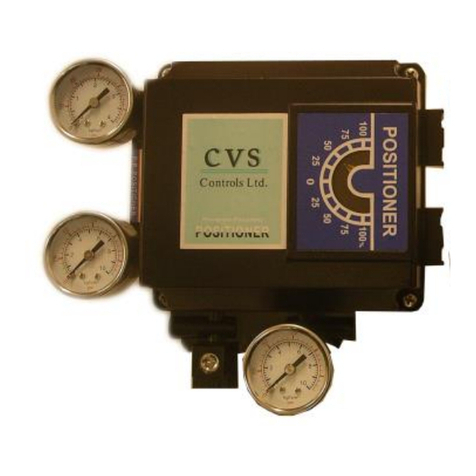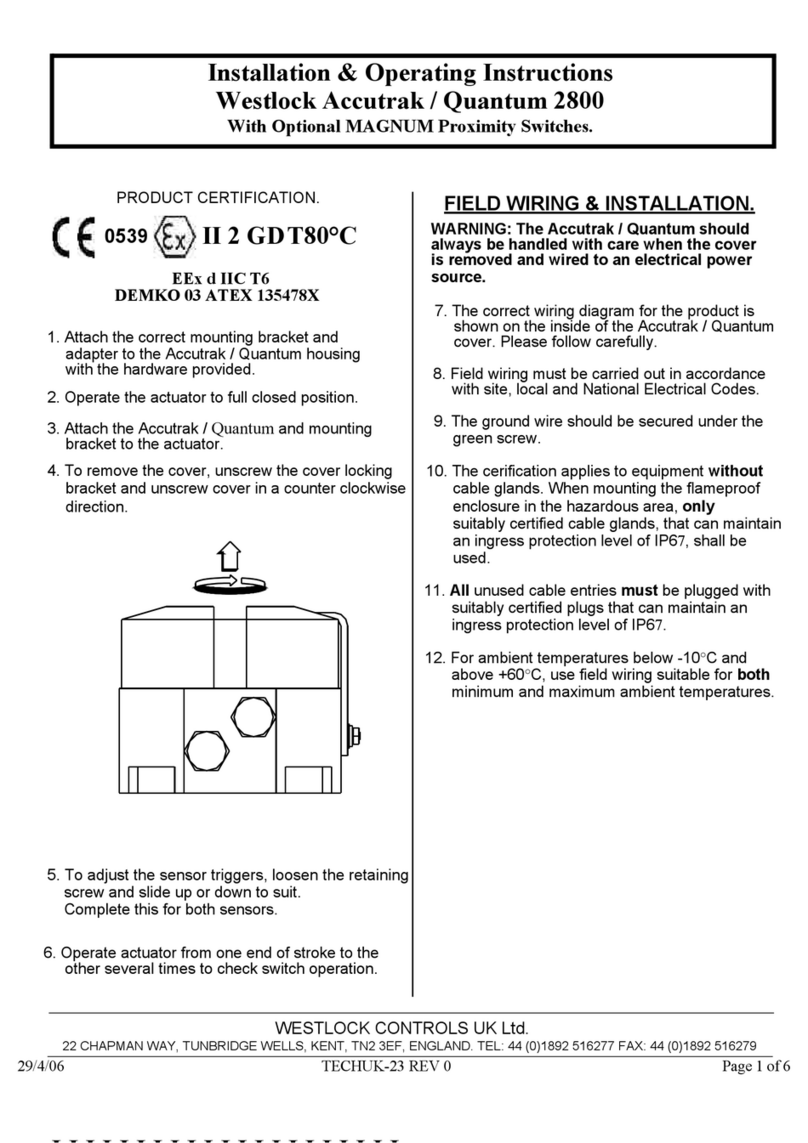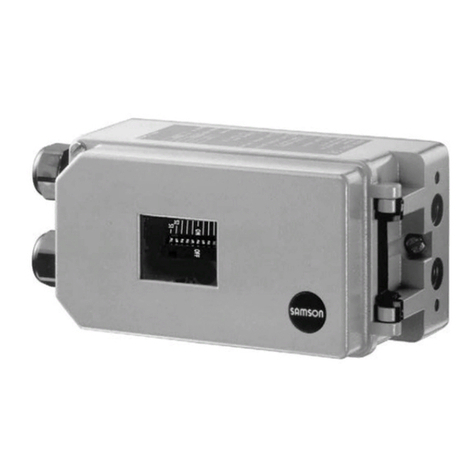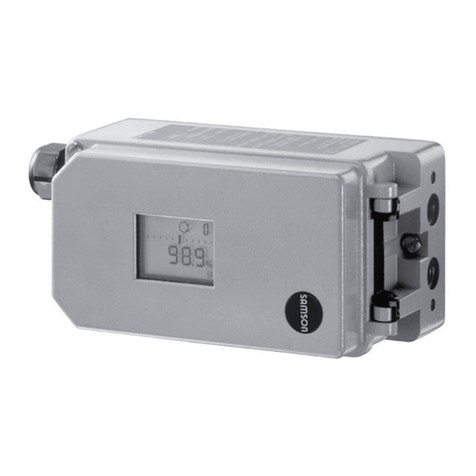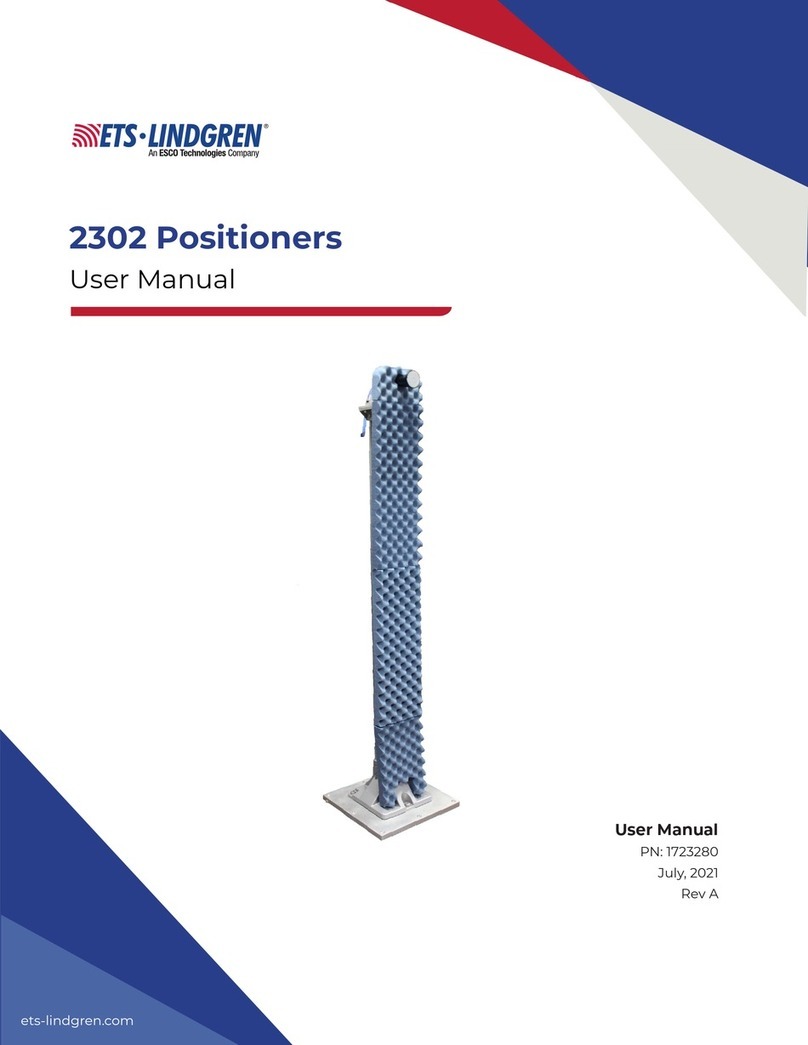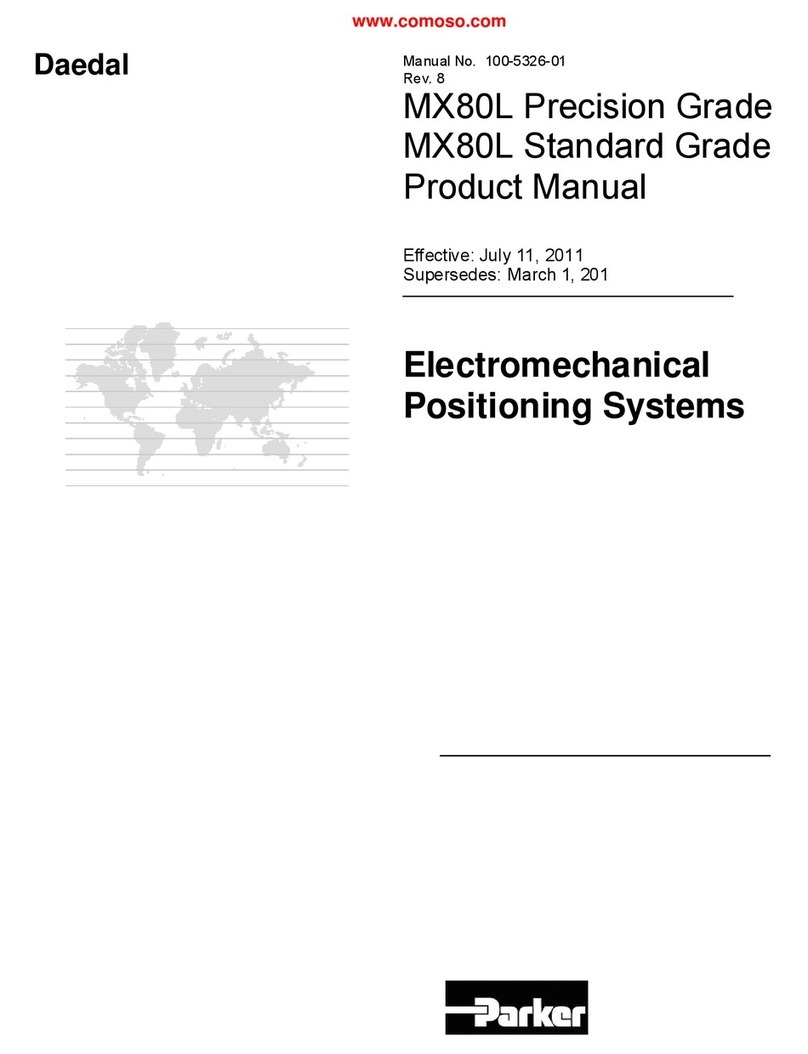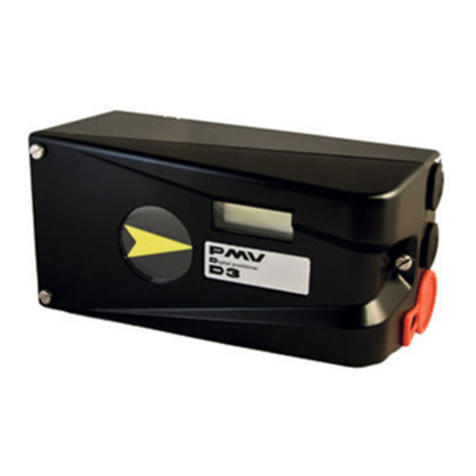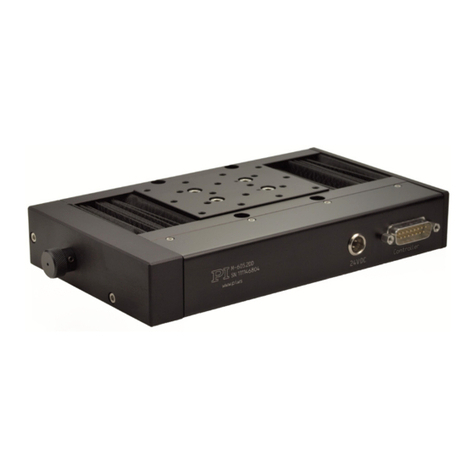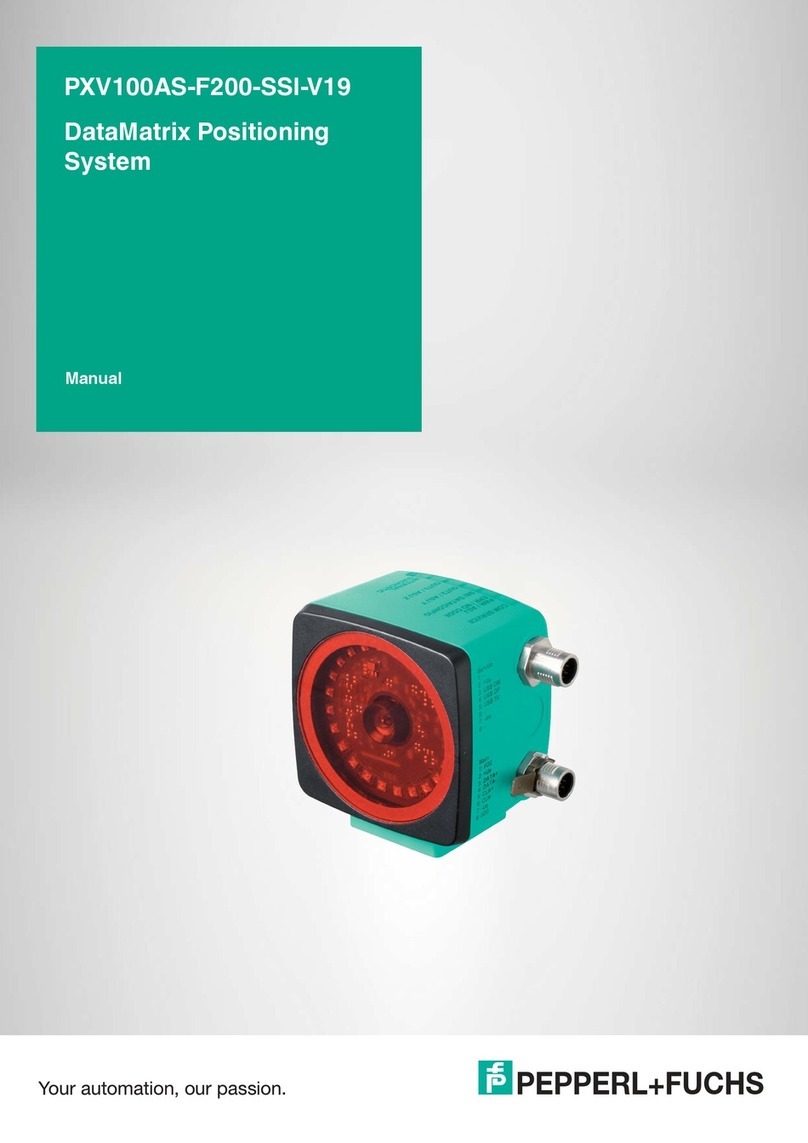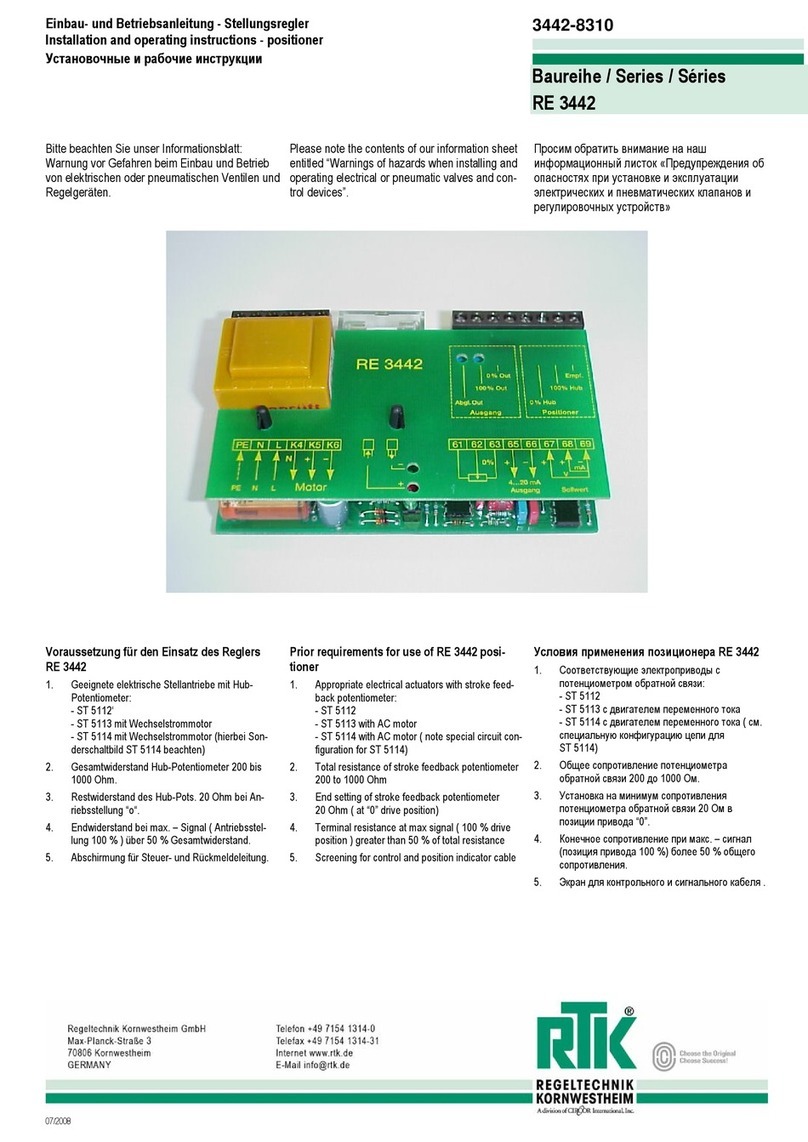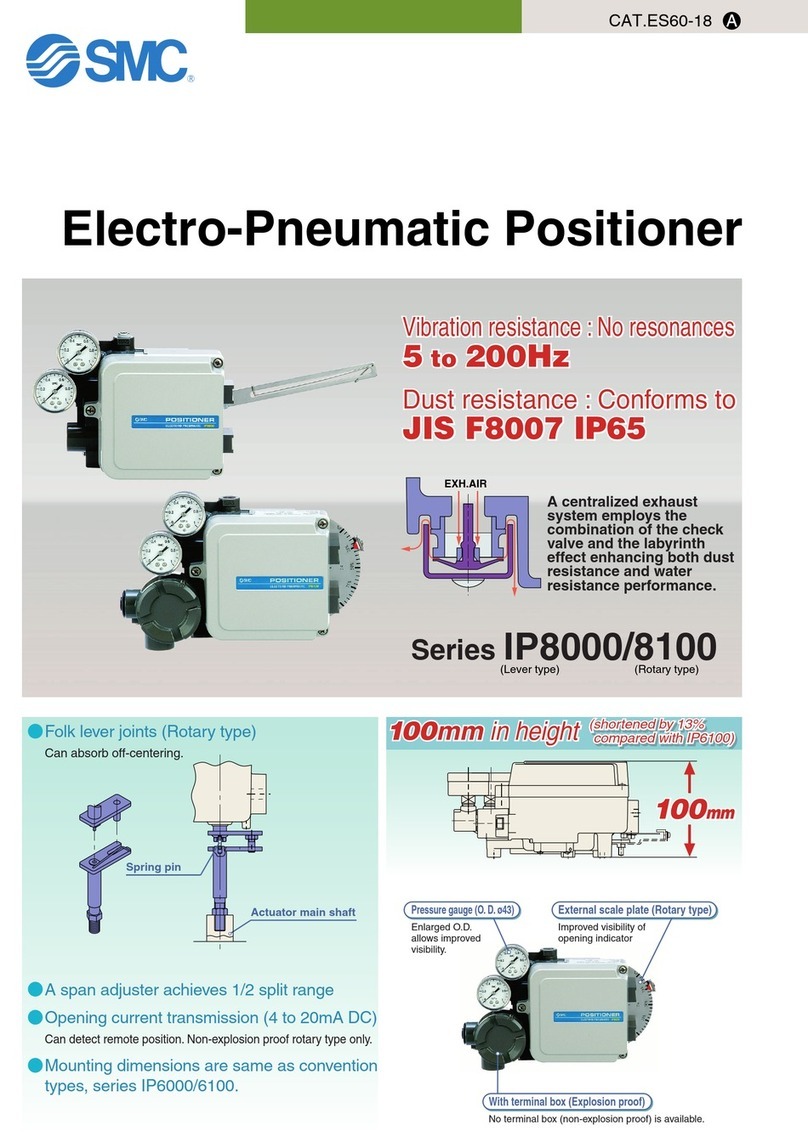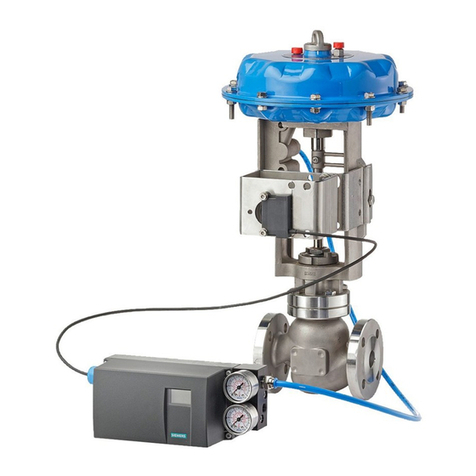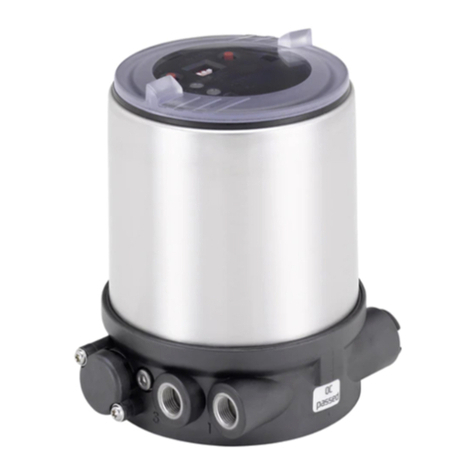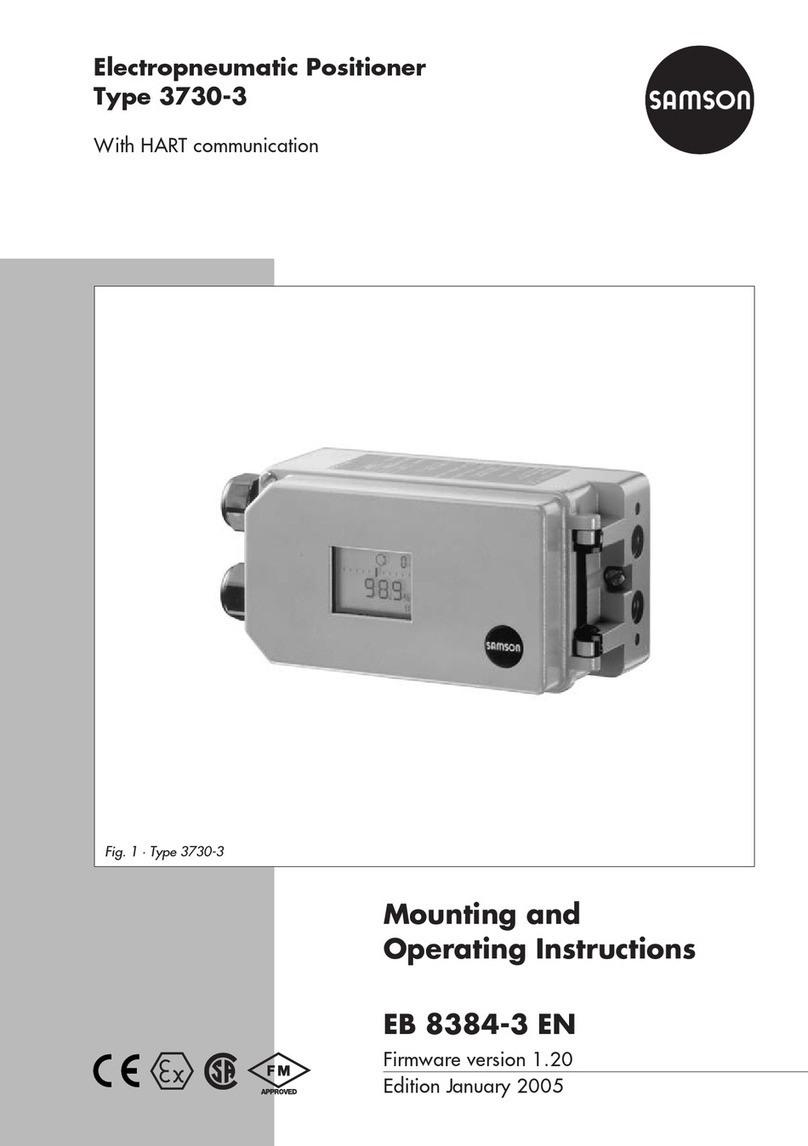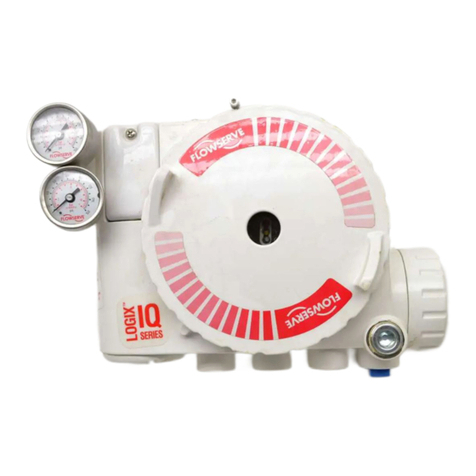
2
Contents
1. Introduction ..............................................................................................4
2. Storage instructions..................................................................................6
PMV Positioner and feedback module storage and handling procedures ....6
Warehouse storage ........................................................................................6
Field storage .................................................................................................6
Pneumatic positioners...................................................................................6
Potential damage mechanism .......................................................................6
Storage Seal (P5/EP5) ..................................................................................7
3. Function.....................................................................................................8
4. Installation.................................................................................................9
Air requirements ...........................................................................................9
Installation ....................................................................................................9
5. Connections .............................................................................................10
6. Cam adjustment......................................................................................12
7. Calibration ..............................................................................................13
Calibration procedure .................................................................................13
8. Indicator adjustment..............................................................................14
9. Front cover and indicator cover............................................................14
10. Dampers.................................................................................................15
11. I/P Unit (P5/EP5)...................................................................................16
12. How to mount the I/P Unit to the positioner unit (P5/EP5) ..............17
13. Maintenance ..........................................................................................18
Pilot valve ...................................................................................................18
Diaphragm ..................................................................................................19
Feedback spring..........................................................................................20
Balance arm ................................................................................................20
Lower arm ..................................................................................................21
O-rings ........................................................................................................22
Filter plug (EP5) .........................................................................................22
14. Feedback unit (P5 or EP5)...................................................................23
15. Trouble shooting ...................................................................................24
16. Technical data .......................................................................................25
Dimensional drawing (P4)..........................................................................27
17. Spare parts, P4......................................................................................28
17. Spare parts, P5/EP5..............................................................................30
18. Certificates ............................................................................................34
